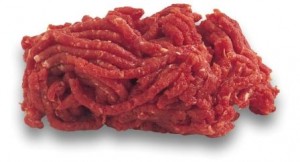Over half of your plant workers, who think they might have good hearing, could actually have suffered hearing loss, according to a recent US study.
A University of Michigan School of Nursing study of 2,691 people found significant differences between measured and perceived hearing loss, with over half who thought they heard well, found that they had actually lost hearing. Even those with a workplace hearing conservation programme and annual testing may be unaware of their actual hearing ability. The findings are consistent with other studies showing a discrepancy between measured and perceived hearing loss.
The researchers said that healthcare providers need better methods of testing and protecting hearing among factory workers.
Next week is Deaf Awareness Week here in New Zealand, which the National Deaf Foundation Inc (NDF) is using to increase awareness of hearing matters, including bullying of hearing impaired people in the workplace and captioning across the media.
Another campaign being fought by the Foundation relates to the Accident Compensation Corporation (ACC) tightening up regulations on funding hearing aids for noise-induced hearing lost (typically from exposure to loud machinery or other noisy environments). These set the bar much higher. ACC now deducts an increasing percentage based on age – men aged 57 years and women 65.
“However, research suggests that noise-induced hearing loss can actually speed up age-related hearing loss,” NDF says, adding that the extra costs mean many individuals cannot afford hearing aids. Having exhausted other avenues, NDF will be taking the case to the Human Rights Review Tribunal later this year.
The NFD has some pointers for clear communication with hearing-impaired people in your workplace:
- Make your face and mouth clearly visible
- Talk to the person, not to his/her companions
- Speak slowly – use pauses and don’t shout
- Rephrase your statement if you are asked to repeat it
- Use cues to identify a topic, such as “About the warrant of fitness …”
- Use pen and paper or face and hand movements
- Don’t make them feel stupid with your response.



